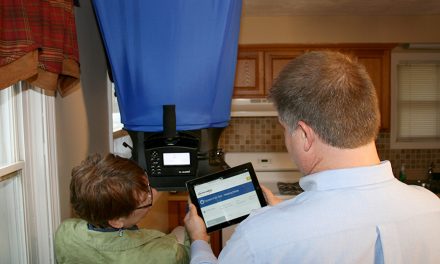The typical installed HVAC system only operates at 57% of its laboratory-rated capacity. That means there is an epidemic of sick HVAC systems. They have ailments hindering them from operating at their full potential.
The unfortunate part is most homeowners do not know the condition of their HVAC system. They have no idea if it is healthy or sick.
What if there was a simple way for you to help customers visually understand their HVAC system’s health?
Fortunately, there is, and if you’re an NCI member, you already have access to this tool. Its name is ComfortMaxx™ (ncilink.com/CMaxx). Let’s look at what ComfortMaxx cloud-based software does and how it can help you show HVAC system health to your customers.
A Familiar Scenario
It’s an all-too-familiar scene. You go to your physician because you’re sick or getting a routine physical. Their office staff takes baseline measurements and compares them to accepted ranges for your age and build. They do this every single time, regardless of the reason for your visit. Occasionally, they discover additional conditions you were unaware of from their test results.

Good physicians have a talent for how they explain these results to you. They often use diagrams and models to explain technical information. Have you ever seen a three-dimensional model of a human heart or lung sitting on the exam room countertop?
Physicians use these as tools to translate complicated topics and show us what they mean.
During a typical physician’s visit, you either have pain and suspect why it’s happening, or you have pain but have no idea why. Now you need to figure out what is going on. Depending on the scenario, you want answers and solutions. Cost often becomes secondary at this point. You are sick, and you want a cure.
Your doctor uses a step-by-step process to involve you in the cure. They don’t sell you anything. They report their findings and offer options on how to correct your problem. Sometimes the cure is easy. Other times, more tests are necessary and hard work is needed to treat the problem.
Click Below for the Next Page:













I love this article because it tackles the truth head-on, but was there a study to validate the 57% performance number?
Hi Dwayne,
NCI conducted numerous field studies with NCI-certified HVAC professionals across the country dating back to 2006. In more recent studies, the 57% dropped a little down to 55%.